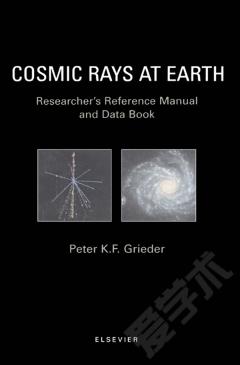Cosmic Rays at Earth
In 1912 Victor Franz Hess made the revolutionary discovery that ionizing radiation is incident upon the Earth from outer space. He showed with ground-based and balloon-borne detectors that the intensity of the radiation did not change significantly between day and night. Consequently, the sun could not be regarded as the sources of this radiation and the question of its origin remained unanswered. Today, almost one hundred years later the question of the origin of the cosmic radiation still remains a mystery.Hess' discovery has given an enormous impetus to large areas of science, in particular to physics, and has played a major role in the formation of our current understanding of universal evolution. For example, the development of new fields of research such as elementary particle physics, modern astrophysics and cosmology are direct consequences of this discovery. Over the years the field of cosmic ray research has evolved in various directions: Firstly, the field of particle physics that was initiated by the discovery of many so-called elementary particles in the cosmic radiation. There is a strong trend from the accelerator physics community to reenter the field of cosmic ray physics, now under the name of astroparticle physics. Secondly, an important branch of cosmic ray physics that has rapidly evolved in conjunction with space exploration concerns the low energy portion of the cosmic ray spectrum.
{{comment.content}}








 京公网安备 11010802027623号
京公网安备 11010802027623号